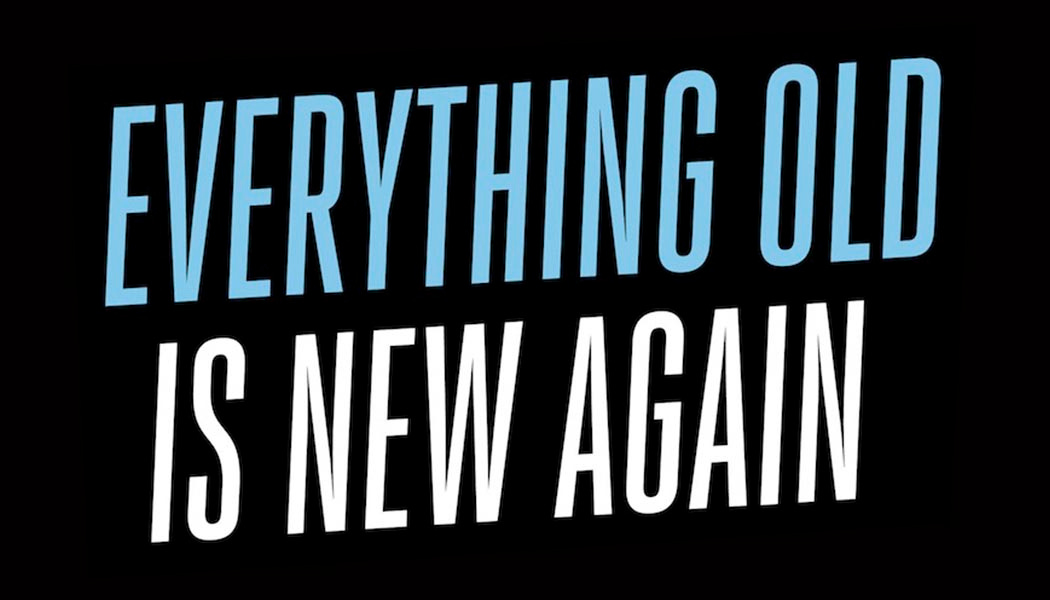What’s Old is New: The Quest for Excellence in Workforce Planning
Directionally Correct Newsletter, The #1 People Analytics Substack
By: Robert Motion & Cole Napper
This article is written to discuss: what goes around comes around, including workforce planning being a very hot topic right now.
Context
Workforce planning (WFP) …




